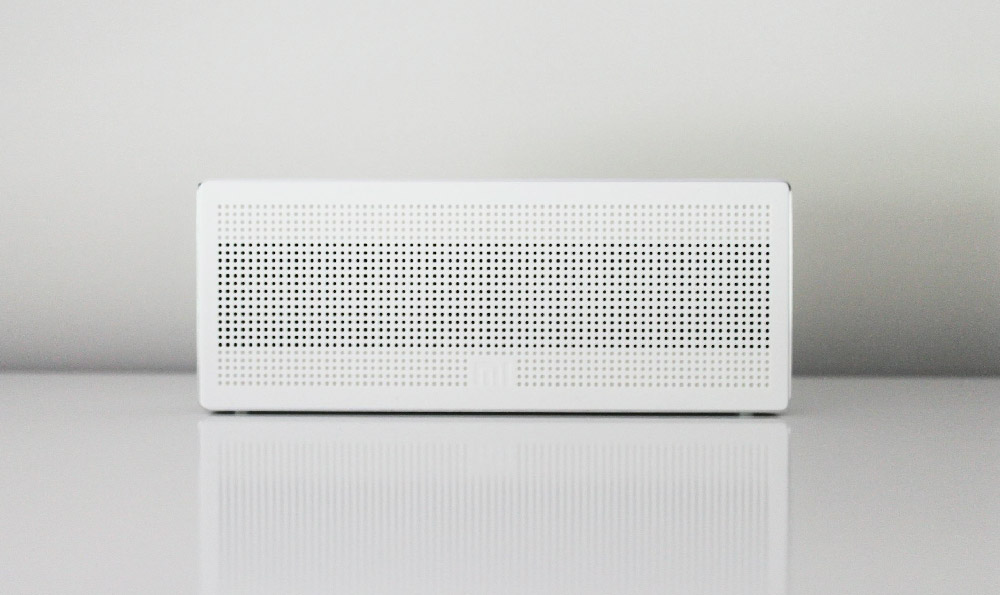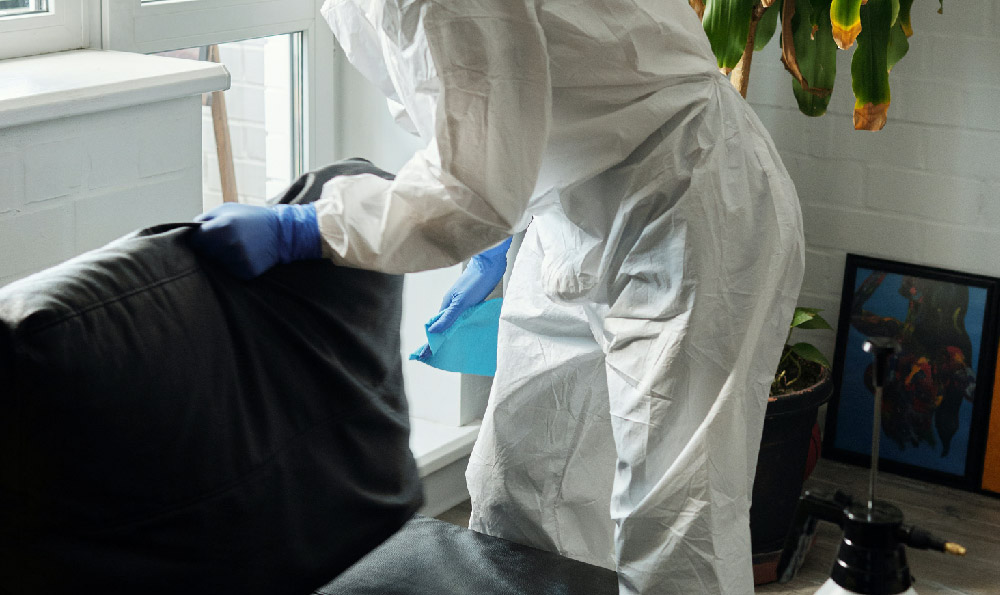
甲醛是一种常见的挥发性有机化合物,广泛应用于工业和家居环境中。长期暴露在高浓度的甲醛环境中会引起一系列健康问题,其中之一就是鼻腔淋巴结肿大。本文将介绍甲醛与鼻腔淋巴结肿大之间的关系,并探讨游离甲醛与甲醛之间的区别。
正文
一、甲醛与鼻腔淋巴结肿大的关系
甲醛是一种强烈的刺激性气体,直接接触鼻腔黏膜会导致黏膜损伤,从而引起鼻腔炎症反应和局部淋巴结肿大。鼻腔内的淋巴结是人体免疫系统的一部分,主要功能是过滤和清除进入鼻腔的有害物质。当甲醛进入鼻腔时,淋巴结会发生肿胀,以增加清除有害物质的能力。长期暴露在高浓度的甲醛环境中,淋巴结的肿胀可能变得过于明显,导致鼻塞、鼻炎等不适症状。
二、游离甲醛与甲醛的区别
1. 定义
- 游离甲醛:指在环境中以气态存在的甲醛分子,可通过空气传播和吸入进入人体。
- 甲醛:是一种有机化合物,化学式为CH2O,无色气体状态,常以液态形式存在。在常温下可以以液态或固态形式存在,但同样可以气化为游离甲醛。
2. 产生途径
- 游离甲醛:主要通过甲醛释放源释放而来,如胶合板、人造板、地板等家具和装修材料中的甲醛。
- 甲醛:常见的产生途径包括工业生产过程中的甲醛释放,如纺织品生产、油漆制造等。
3. 形态
- 游离甲醛:以气体状态存在,容易挥发和扩散。
- 甲醛:常以液态或固态形式存在,比游离甲醛更容易被捕捉和处理。
4. 对人体的影响
- 游离甲醛:易被呼吸道吸收,直接接触黏膜并引起刺激。
- 甲醛:含有游离甲醛,可通过吸入和接触引起健康问题。
结尾
甲醛引起鼻腔淋巴结肿大的现象在长期暴露于高浓度甲醛环境的人群中较为常见。游离甲醛与甲醛的区别在于它们的形态、产生途径以及对人体的影响等方面。了解这些知识对于认识甲醛的有害作用以及预防和治疗鼻腔淋巴结肿大具有重要意义。对于人们来说,减少与甲醛接触、加强通风和使用低甲醛释放源的产品将有助于保护健康。
(字数:600字)
游离甲醛和甲醛的区别

游离甲醛和甲醛是在室内装修和家具制造行业中常见的化学物质。尽管它们的名称相似,但实际上存在着一些重要的区别。本文将通过定义、分类、举例和比较等方法,客观、专业、清晰和系统地阐述游离甲醛和甲醛的区别,以帮助读者更好地理解和辨别这两种化学物质。
正文
游离甲醛和甲醛是两种不同的形式的甲醛化合物。甲醛是一种有刺激性气味的无色气体,主要用于杀菌和防腐处理。而游离甲醛是指甲醛分子在空气中不结合其他物质的自由态存在。
从分类来看,游离甲醛和甲醛可以分为两种不同的类型。游离甲醛是一种气态物质,它可以通过挥发、释放或溶解在空气中传播。甲醛则是一种液态或固态物质,通常以液体或固体的形式存在,并可以溶解在水中。
游离甲醛和甲醛的主要来源也有一定的差异。游离甲醛主要来自家具、地板、墙面材料等室内装修材料和家具制造过程中使用的胶黏剂、涂料等产生的挥发性有机化合物。而甲醛则通常是在工业生产中使用的一种化学物质,包括纤维板、人造板、涂料等。
进一步比较游离甲醛和甲醛的危害性。由于游离甲醛是甲醛分子在空气中的自由态存在,其含量较高时会对人体健康产生一定的危害。长时间暴露在高浓度的游离甲醛环境中可能导致眼睛、喉咙和肺部不适,并对呼吸系统、消化系统和神经系统等产生负面影响。而甲醛本身是一种强刺激性物质,接触到皮肤或眼睛可能引起烧灼感。吸入高浓度甲醛气体可能导致眼刺激、呼吸困难和咳嗽等不适反应。
游离甲醛和甲醛在室内空气质量监测中的检测方法也有所不同。对于游离甲醛的检测,可以使用室内空气检测仪器,通过测试室内空气中游离甲醛的浓度来评估室内空气质量。而对于甲醛的检测,则常用甲醛试纸或气相色谱法等方法来测定。
结尾
通过以上的阐述,我们可以清楚地了解到游离甲醛和甲醛之间的区别。游离甲醛是一种在室内装修和家具制造中常见的不结合其他物质的自由态甲醛分子,而甲醛是一种常见的液态或固态甲醛化合物。了解这些区别有助于我们在室内环境中更好地评估和控制甲醛的风险,保护我们的健康。为了确保室内空气质量,建议定期进行室内空气质量检测,并遵循相关的甲醛控制标准和规定,以减少甲醛对人体健康的潜在危害。
The Difference between Free Formaldehyde and Formaldehyde
Introduction
Free formaldehyde and formaldehyde are common chemical substances in the interior decoration and furniture manufacturing industry. Despite their similar names, there are significant differences between them. This article will objectively, professionally, clearly, and systematically elaborate on the differences between free formaldehyde and formaldehyde using methods such as definition, classification, examples, and comparisons, to help readers better understand and distinguish these two chemical substances.
Body
Free formaldehyde and formaldehyde are two different forms of formaldehyde compounds. Formaldehyde is a colorless gas with an irritating odor, mainly used for sterilization and preservative treatment. Free formaldehyde refers to formaldehyde molecules existing in the air without combining with other substances.
Firstly, in terms of classification, free formaldehyde and formaldehyde can be divided into two different types. Free formaldehyde is a gaseous substance that can be spread in the air through volatilization, release, or dissolution. Formaldehyde, on the other hand, is a liquid or solid substance that usually exists in the form of liquid or solid and can dissolve in water.
Secondly, there are also differences in the main sources of free formaldehyde and formaldehyde. Free formaldehyde mainly comes from indoor decoration materials such as furniture, flooring, and wall materials, and the adhesives and coatings used in the furniture manufacturing process that produce volatile organic compounds. Formaldehyde, on the other hand, is typically a chemical used in industrial production, including fiberboard, particle board, and coatings.
Furthermore, let's compare the harmfulness of free formaldehyde and formaldehyde. Due to the free state of formaldehyde molecules in the air, high concentrations of free formaldehyde can pose certain health risks. Prolonged exposure to high concentrations of free formaldehyde can cause discomfort in the eyes, throat, and lungs, and have negative effects on the respiratory system, digestive system, and nervous system. Formaldehyde itself is a highly irritating substance, and contact with the skin or eyes can cause a burning sensation. Inhalation of high concentrations of formaldehyde gas may lead to eye irritation, breathing difficulties, and coughing.
Finally, there are also differences in the detection methods for free formaldehyde and formaldehyde in indoor air quality monitoring. Free formaldehyde can be detected using indoor air testing instruments to evaluate the concentration of free formaldehyde in indoor air. Formaldehyde, on the other hand, is often measured using formaldehyde test strips or gas chromatography.
Conclusion
Through the above explanation, we can clearly understand the differences between free formaldehyde and formaldehyde. Free formaldehyde is a free state formaldehyde molecule that does not combine with other substances, commonly found in interior decoration and furniture manufacturing. Formaldehyde, on the other hand, is a common liquid or solid formaldehyde compound. Understanding these differences helps us better assess and control the risks of formaldehyde in indoor environments, protecting our health. To ensure indoor air quality, it is recommended to regularly conduct indoor air quality testing and comply with relevant formaldehyde control standards and regulations to reduce the potential harm of formaldehyde to human health.
甲醛溶液和甲醛的区别
甲醛溶液和甲醛是在化学领域中常见的两个概念,它们之间有着明显的区别。甲醛溶液是指将甲醛与溶剂进行混合后得到的液体,而甲醛则是一种有机化合物。在本文中,我们将通过定义、分类、举例和比较等方法来阐述甲醛溶液和甲醛的区别。

甲醛溶液和甲醛是日常生活中经常接触到的化学品,它们在不同的应用场景下起着不同的作用。了解甲醛溶液和甲醛的区别对于正确使用和处理这两种化学物质至关重要。
甲醛溶液的定义:
甲醛溶液是指将甲醛溶解在水或其他溶剂中形成的液体。溶剂的选择取决于需求和使用目的。甲醛溶液中的甲醛浓度可以根据需要进行调整,常见的有37%甲醛溶液,也称为福尔马林溶液。
甲醛的定义:
甲醛是一种有机化合物,化学式为CH2O。它是一种无色气体,在常温下有刺激性气味,是一种强烈的腐蚀性和挥发性化学物质。甲醛广泛应用于医药、化妆品、建筑和纺织等多个行业。
甲醛溶液与甲醛的分类:
根据甲醛溶液中甲醛的浓度和用途的不同,可以将甲醛溶液分为不同的类型。常用的甲醛溶液有37%甲醛溶液和10%甲醛溶液。而甲醛本身则分为固态和气态两种形态,其中固态甲醛被称为甲醛凝固剂,气态甲醛被称为甲醛气体。
甲醛溶液的举例:
甲醛溶液常用于医学实验室、工业制品的保存和防腐处理等领域。在医学实验室中,甲醛溶液常用于组织或细胞的固定处理,以便后续的组织切片和染色。在工业制品的保存和防腐处理中,甲醛溶液可用于木材、纺织品和皮革等材料的处理,以延长其使用寿命。
甲醛的举例:
甲醛在日常生活中也有广泛的应用。在家具制造业中,甲醛用作粘合剂,常见的胶合板和人造板材料中含有甲醛。甲醛还广泛用于纺织品和衣物的防皱和防虫处理。
甲醛溶液和甲醛的比较:
甲醛溶液与甲醛相比,具有以下几个明显的区别。甲醛溶液是甲醛与溶剂的混合物,而甲醛则是一种单独的有机化合物。甲醛溶液的甲醛浓度可以调整,而甲醛的浓度是固定的,取决于其应用场景的需要。甲醛溶液和甲醛的应用领域不完全相同,甲醛溶液主要应用于实验室和工业领域,而甲醛则广泛应用于家居和工业制造等领域。
通过对甲醛溶液和甲醛的定义、分类、举例和比较等方法的阐述,我们清晰地了解了它们之间的区别。正确理解和使用甲醛溶液和甲醛,对于保障人们的健康和环境的安全至关重要。在日常生活和工作中,我们应该根据具体的需求和应用场景合理选择和处理这两种化学物质。















